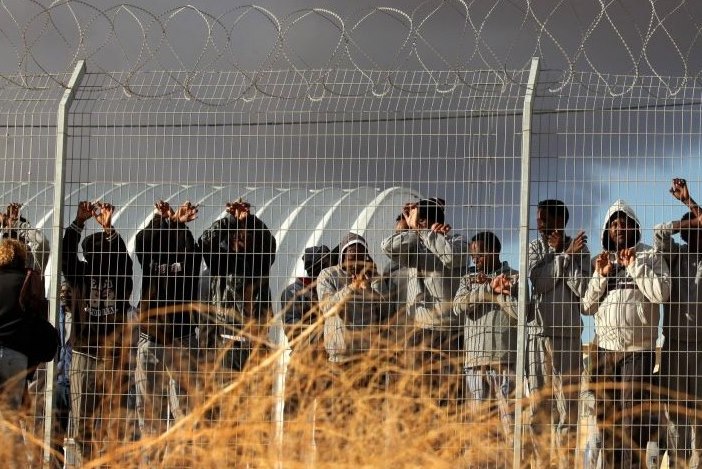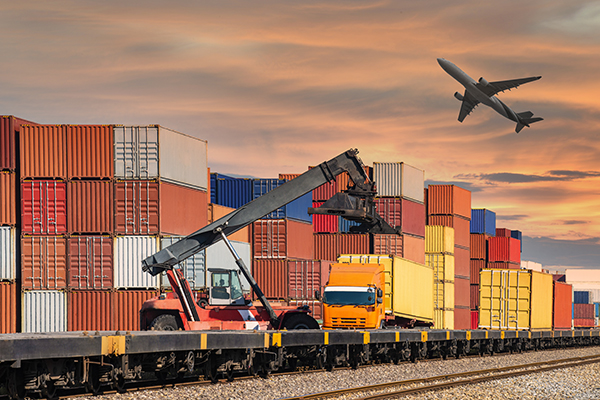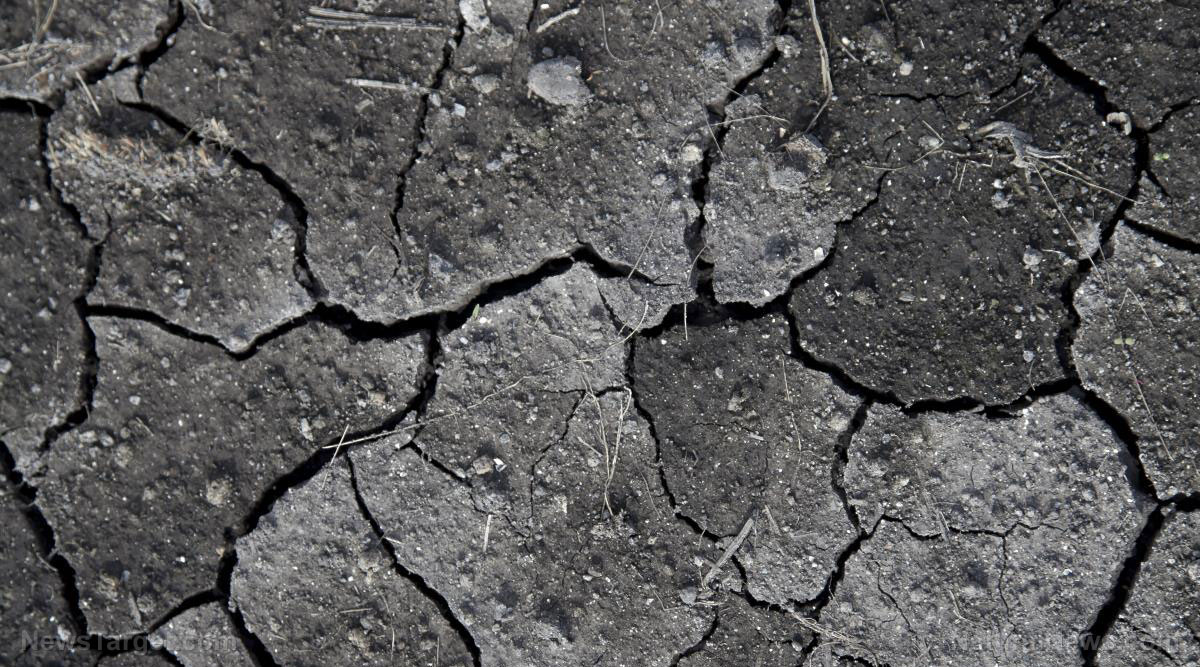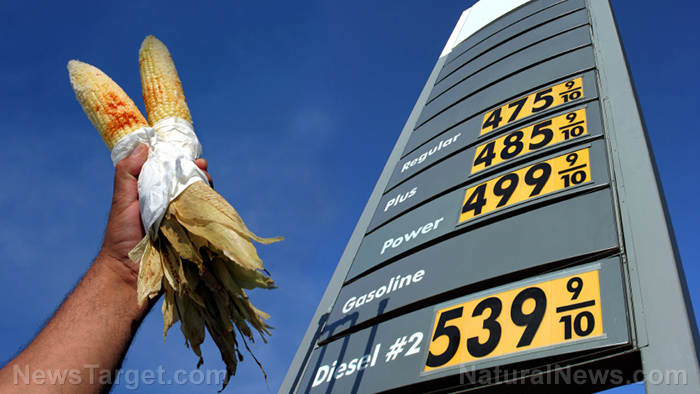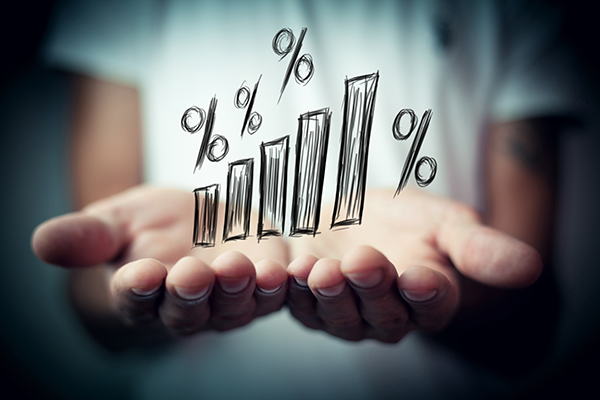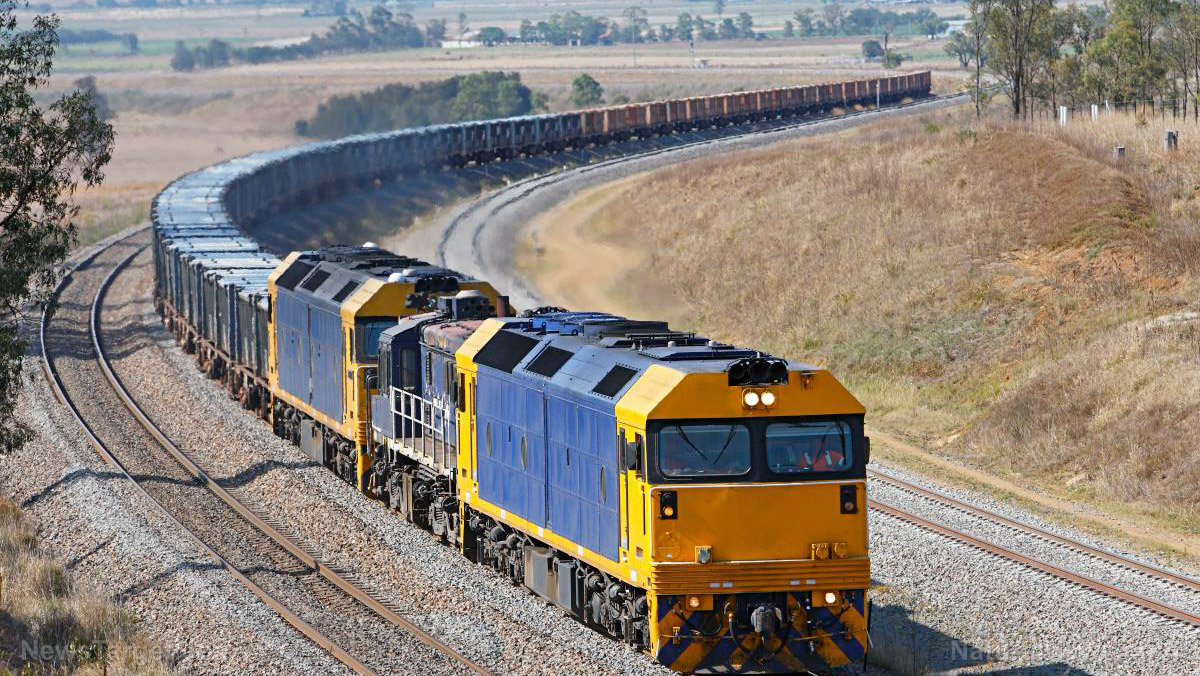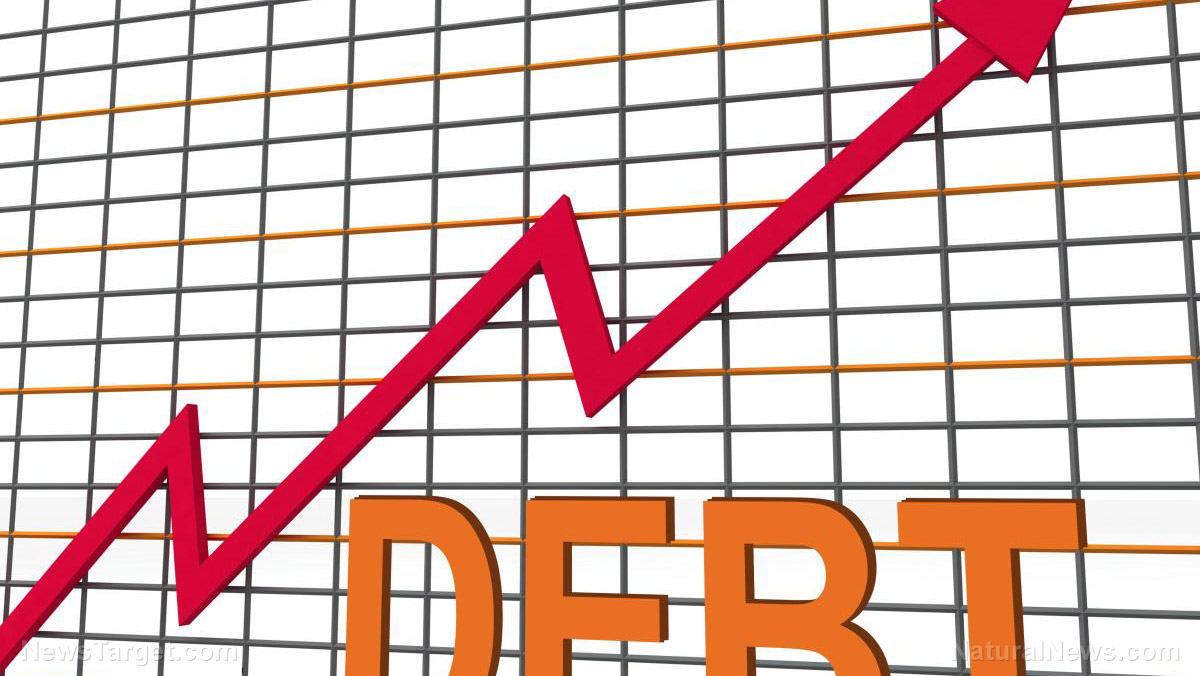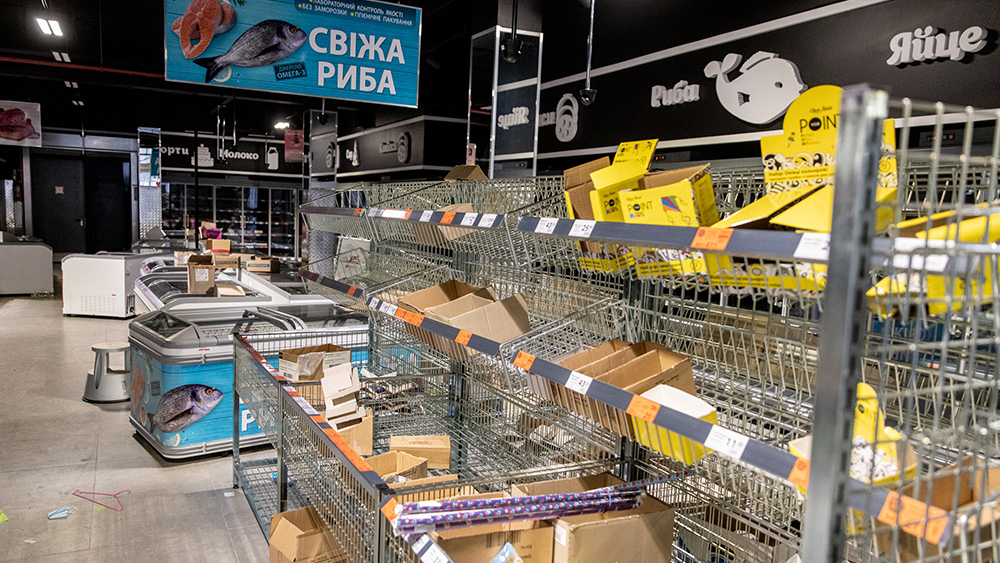Raw material prices for solar power surge amid supply chain pressures, threatening future of entire industry
06/25/2021 / By Arsenio Toledo
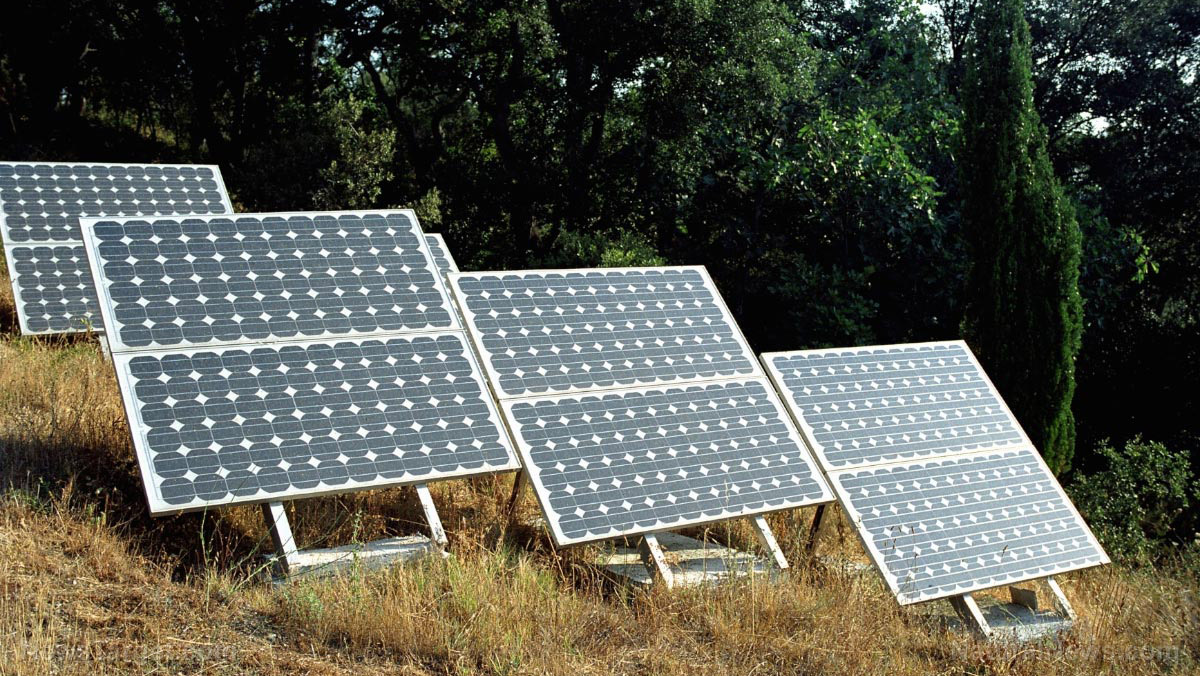
Solar power developers all over the world are slowing down the installation of their projects due to the surge in costs for raw materials. The solar industry is just the latest shaken up by the breakdown of global supply chains caused by the Wuhan coronavirus (COVID-19) pandemic.
Between 2010 and 2020, the cost of solar energy fell by 80 percent. These dramatic decreases have come to an end thanks to supply chain pressures preventing developers from reducing costs even further. This is occurring at the same time many governments around the world are pledging a “greener” recovery from the pandemic.
“The narrative in the solar industry has shifted,” said Bruno Brunetti, an analyst for the energy analytics firm S&P Platts. “We have seen steep declines in costs over the past decade, but we are seeing that stabilize now and even increase in some cases.”
The price of hot-dipped galvanized steel coils, which are necessary for solar panel frames and structures, has doubled from early 2020. According to S&P Platts, its price is at a record high. The price of monocrystalline silicon cells, which are used to aid the conversion of light into solar energy, has risen by a quarter from early 2020 as well.
In China, freight rates have surged by 41 percent. Solar panel manufacturers in China and around the world are already raising their prices to protect their profit margins.
Three solar panel makers from China interviewed by Reuters said the prices for their panels have risen between 20 to 40 percent since last year. This was reportedly caused by the rise in costs for polysilicon, one of the main raw materials needed for the manufacturing of solar cells and panels. (Related: US solar industry has to deal with the fact its supply chains are reliant on Xinjiang, where genocide and slave labor are rampant.)
In Europe, the supply constraints could also pressure the relatively stable solar prices to surge later this year, according to LevelTen Energy.
Solar development slowing down, entire industry threatened by supply constraints
All these price surges have also affected the cost of installing new solar panels. John Martin, chief executive of the U.S. Solar Fund, said the cost of new installations will probably increase by up to 20 percent. This would put the cost of solar installation back to the levels they were in 2019.
But the costs of new installations are still rising. Project developers in the U.S. have stated that they are struggling to put prices on projects scheduled for 2022 given how volatile the prices in the industry are. Nobody knows for certain how long the price surge will last.
Swinerton Renewable Energy, a solar engineering, procurement and construction company, said many of its customers have placed “soft holds” on projects. Many of these projects were supposed to start later this year. The firm’s clients said they want to wait to see if solar prices can start trending down again.
“We’ve just become accustomed to such a low-cost energy source,” said Swinerton President George Hershman. “Like anything, it’s hard to accept that you’re going to start to pay more.”
A similar situation is going on in Europe, where many solar development projects that do not have strict timelines for when they need to begin producing and delivering power are being delayed.
“The situation has not resolved itself because prices have stayed high, so those who have capacity to wait are still waiting,” said Jose Nunez, chief financial officer of Spanish solar tracker maker Soltec Power Holdings. Nunez said his company is seeing project delays in all of the markets it serves.
As more clients of solar development firms put their projects on hold, the effects will reverberate back to the source of most of the world’s solar panels: China.
“We have to manufacture the product, but on the other hand, if the price is too high, the project developers want to wait,” said Jack Xiao, marketing director of BeyondSun Holdings, a solar panel manufacturer. Sixty percent of the company’s products are exported, and if fewer people want solar panels it will affect the company’s bottom line.
A manager in one state-owned solar cell factory told Reuters that output at his factory has dropped drastically because many customers are refusing to fulfill orders at their current prices.
These supply chain concerns are compounded by the fact that around 40 percent of the solar materials China produces come from its northwestern autonomous region of Xinjiang. Solar firms in the area have been linked to the use of forced labor.
If the U.S. or the European Union issued a ban on polysilicon or any other solar materials and products coming from Xinjiang, it would cause the supply chain to collapse even further and raise the costs of any existing solar developments and projects.
Learn more about the many problems plaguing the solar industry by reading the latest articles at SolarPanels.news.
Sources include:
Submit a correction >>
Tagged Under:
collapse, economics, economy, finance, green energy, renewable energy, solar, solar energy, solar industry, solar panels, solar power, supply chain, supply chains, supply lines
This article may contain statements that reflect the opinion of the author
RECENT NEWS & ARTICLES
SupplyChainWarning.com is a fact-based public education website published by SupplyChainWarning.com Features, LLC.
All content copyright © 2021 by SupplyChainWarning.com Features, LLC.
Contact Us with Tips or Corrections
All trademarks, registered trademarks and servicemarks mentioned on this site are the property of their respective owners.

